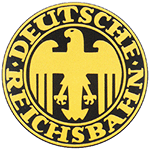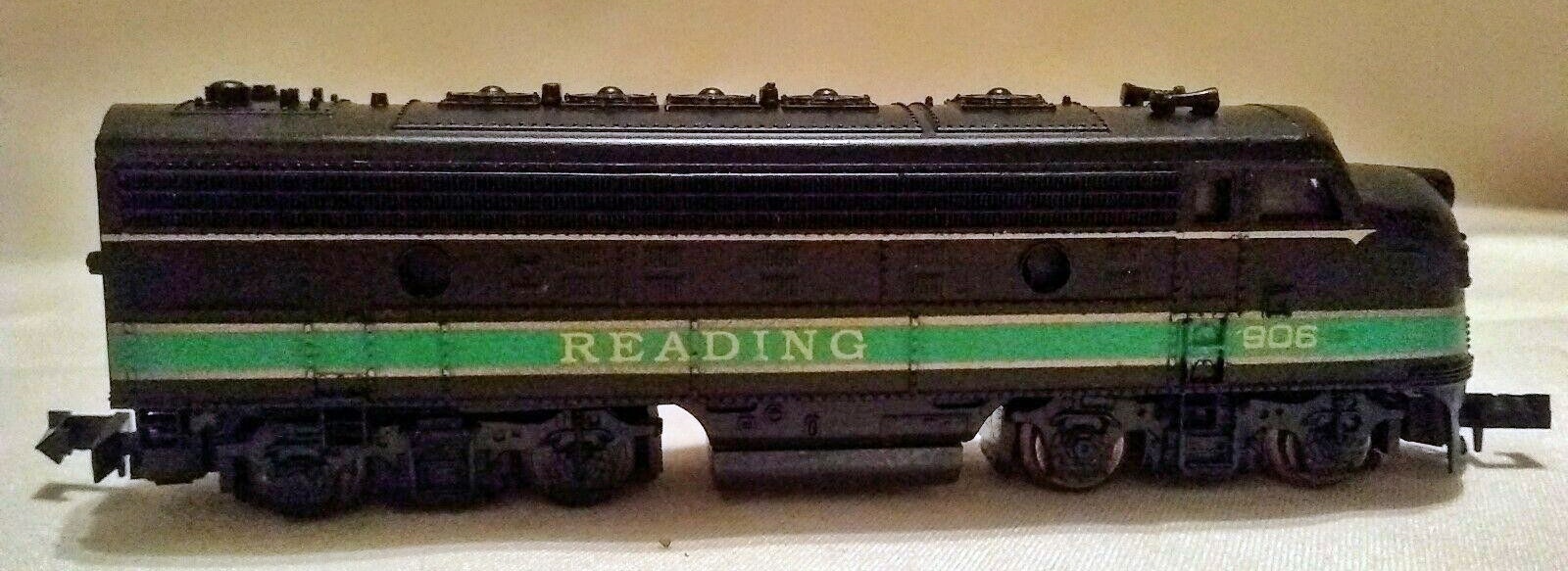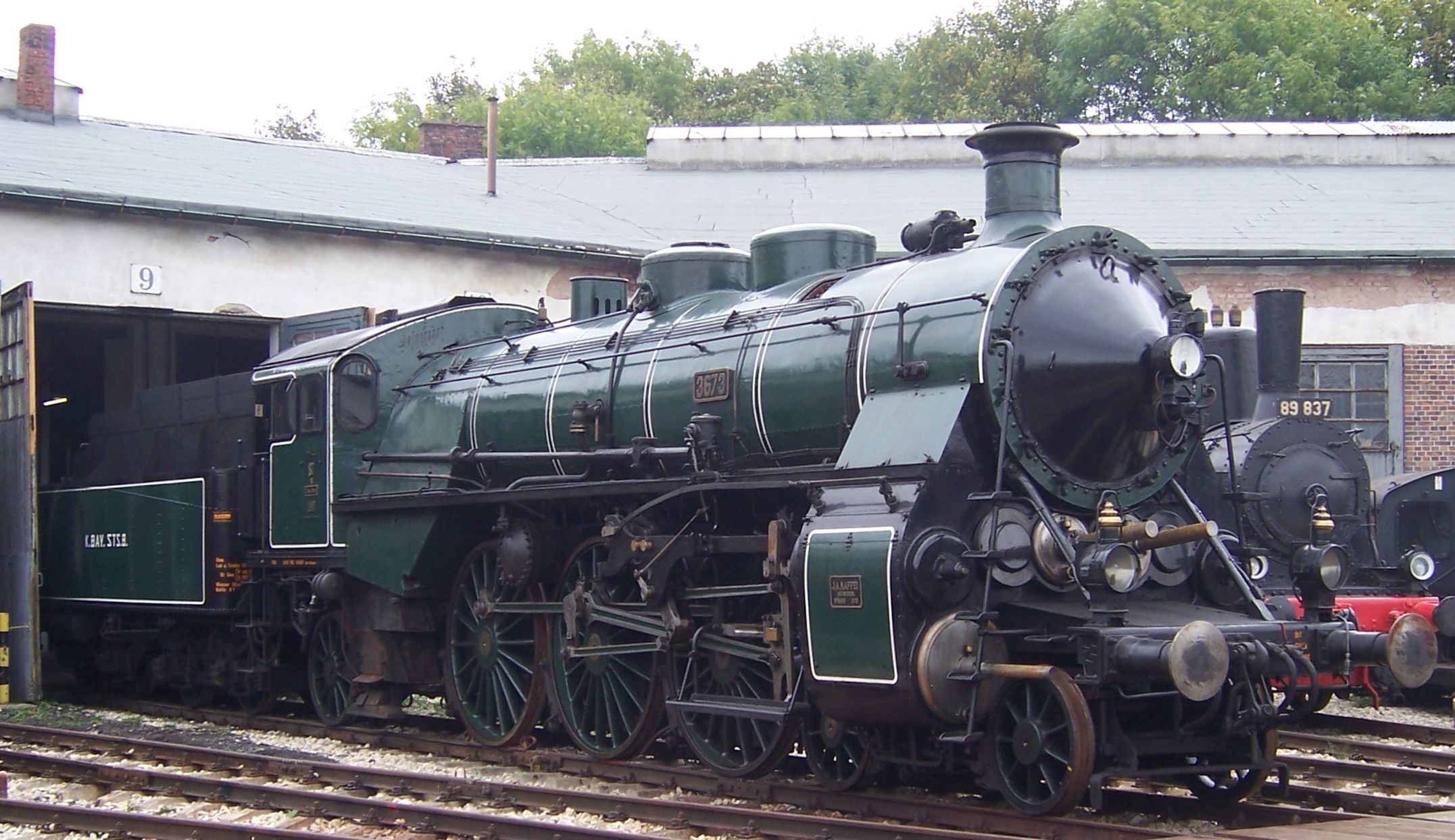Specific Item Information: Model: The Arnold BR 18 steam locomotive class BR 18 is a very impressive model with exceptional running performance. The model has extensive detail, comes in a beautiful livery, has prototypical “daylight” between boiler and chassis and has a finely detailed, fully operational Heusinger valve gear. This model would be great for any layout.
Special Features: Working head/tail lights; Metal Construction; Highly Detail Model.
Special Features: Working head/tail lights; Metal Construction; Highly Detail Model.
Prototype History: The Class 18 locomotives were a group of related German steam locomotives operated by the Deutsche Reichsbahn between the wars. All of these locomotives were express tender units and had been taken over from the state railways. Each locomotive subclass was slightly different, but all shared a 4-6-2 (Pacific) wheel arrangement. These included: Class 18.0: Saxon XVIII H, Class 18.1: Württemberg C, Class 18.2: Baden IV f, Class 18.3: Baden IV h, Class 18.4-5: Bavarian S 3/6, Class 18.6: PKP Class Pm36, and Class T 18.10: turbine locomotives.
Road Name History:  The Deutsche Reichsbahn, also known as the German Reich Railway or the German Imperial Railway, was the name of the German national railway created from the railways of the individual states of the German Empire following the end of World War I.
The Deutsche Reichsbahn, also known as the German Reich Railway or the German Imperial Railway, was the name of the German national railway created from the railways of the individual states of the German Empire following the end of World War I.
The company was founded in 1920 as the Deutsche Reichseisenbahnen when the Weimar Republic, formally known as Deutsches Reich (German Reich, hence the usage of the Reich in the name of the railway), took national control of the German railways, which had previously been run by the German states. In 1924 it was reorganised under the aegis of the Deutsche Reichsbahn-Gesellschaft (DRG), a nominally private railway company, which was 100% owned by the German state. In 1937 the railway was reorganised again as a state authority and given the name Deutsche Reichsbahn (DRB). After the Anschluss in 1938 the DR also took over the Bundesbahn Osterreich (BBO, Federal Railway of Austria).
The East and West German states were founded in 1949. East Germany took over the control of the DR on its territory and continued to use the traditional name Deutsche Reichsbahn, while the railway in West Germany became the Deutsche Bundesbahn (DB, German Federal Railway). The Austrian Osterreichische Bundesbahnen (OBB, Austrian Federal Railways) was founded in 1945, and was given its present name in 1947.
In January 1994, following the German union, the East German Deutsche Reichsbahn merged with the West German Deutsche Bundesbahn to form Germany's new national carrier, Deutsche Bahn AG, technically no longer a government agency but still a 100% state-owned joint stock company.

The company was founded in 1920 as the Deutsche Reichseisenbahnen when the Weimar Republic, formally known as Deutsches Reich (German Reich, hence the usage of the Reich in the name of the railway), took national control of the German railways, which had previously been run by the German states. In 1924 it was reorganised under the aegis of the Deutsche Reichsbahn-Gesellschaft (DRG), a nominally private railway company, which was 100% owned by the German state. In 1937 the railway was reorganised again as a state authority and given the name Deutsche Reichsbahn (DRB). After the Anschluss in 1938 the DR also took over the Bundesbahn Osterreich (BBO, Federal Railway of Austria).
The East and West German states were founded in 1949. East Germany took over the control of the DR on its territory and continued to use the traditional name Deutsche Reichsbahn, while the railway in West Germany became the Deutsche Bundesbahn (DB, German Federal Railway). The Austrian Osterreichische Bundesbahnen (OBB, Austrian Federal Railways) was founded in 1945, and was given its present name in 1947.
In January 1994, following the German union, the East German Deutsche Reichsbahn merged with the West German Deutsche Bundesbahn to form Germany's new national carrier, Deutsche Bahn AG, technically no longer a government agency but still a 100% state-owned joint stock company.
Brand/Importer Information: Founded in 1906 by Karl Arnold in Nürnberg, K. Arnold & Co. began its life producing tin toys and related items. They produced an extensive line of model ships, doll house items and other toys. In 1935, K. Arnold & Co. hired Max Ernst as their managing director. Ernst, not to be confused with the German realist artist of the same name, was a significant factor in the future of Arnold.
On Max Ernst's 1976 retirement, Arnold employed perhaps 200 to 250 people, using three facilities in the Nuernberg area. The Company continued under family control until 1995, when Arnold went into bankruptcy and was sold to Rivarossi of Italy. Rivarossi, in turn, also went bankrupt, leading to the sale of all assets to Hornby of the United Kingdom. Production is carried out in China.
From Wikipedia
On Max Ernst's 1976 retirement, Arnold employed perhaps 200 to 250 people, using three facilities in the Nuernberg area. The Company continued under family control until 1995, when Arnold went into bankruptcy and was sold to Rivarossi of Italy. Rivarossi, in turn, also went bankrupt, leading to the sale of all assets to Hornby of the United Kingdom. Production is carried out in China.
From Wikipedia
Item created by: gdm on 2019-11-15 14:06:46. Last edited by Alain LM on 2022-01-05 02:20:37
If you see errors or missing data in this entry, please feel free to log in and edit it. Anyone with a Gmail account can log in instantly.
If you see errors or missing data in this entry, please feel free to log in and edit it. Anyone with a Gmail account can log in instantly.










